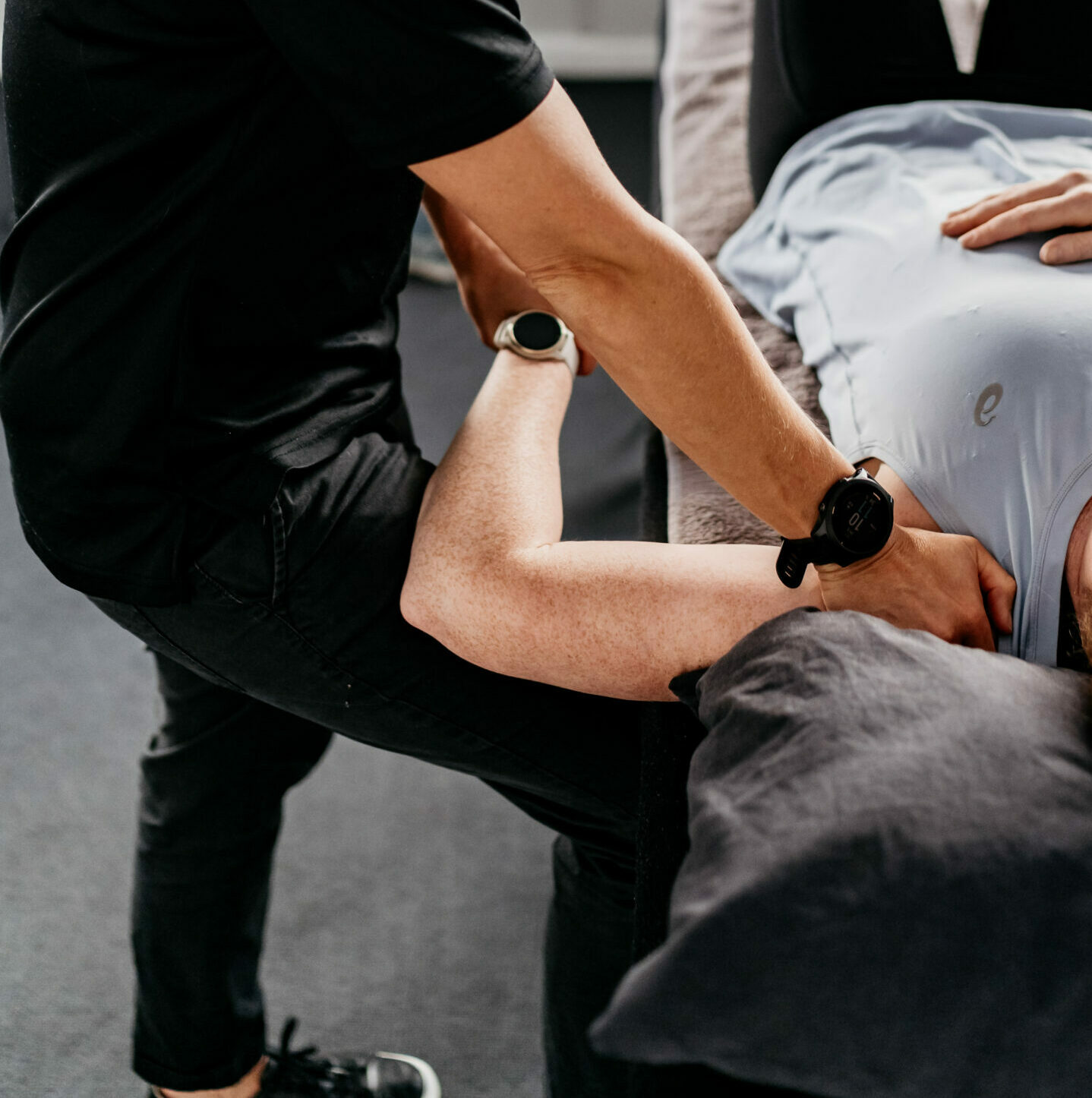
Want to learn more about muscular strains?
Lachie Cooper, Physiotherapist, has answered some common questions.
Check them out below!
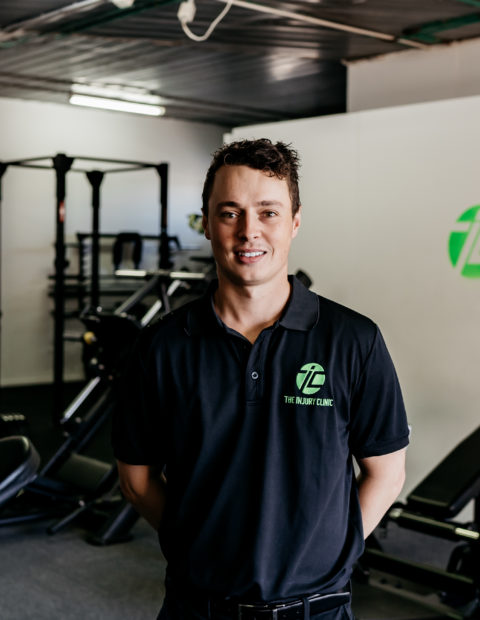

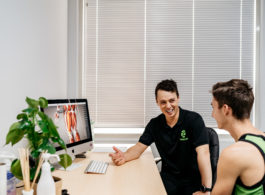
What should I do immediately after a muscle strain?
Apply the PEACE and LOVE acronym:
- Protection: Avoid activities and movement that increase pain during the first few days after injury.
- Elevation: Elevate the injured limb higher than the heart as often as possible.
- Avoid anti-inflammatories: Avoid taking anti-inflammatory medication as they reduce tissue healing. Avoid icing.
- Compression: Use elastic bandage or taping to reduce swelling.
- Educate: Your body knows best. Avoid unnecessary passive treatments and medical interventions and let nature play its role.
- Load: Let pain guide your gradual return to normal activities. Your body will tell you when it is safe to increase load.
- Optimism: Condition your brain for optimal recovery by being confident and positive.
- Vascularisation: Choose pain-free cardiovascular activities to increase blood flow to repairing tissues.
- Exercise: Restore mobility, strength and proprioception by adopting an active approach to recovery.
What’s the difference between a strain and a tear?
A strain can refer to a distinct tear through the muscle, so the two terms are really interchangeable. We would typically use the term strain, which can be graded anywhere from an overstretching injury where there is no obvious tear all the way through to a complete tear.
What are the differences in grades of muscle injury?
A common classification system that you may hear from a muscle strain injury is having a grade 1, grade 2 or grade 3 strain.
A grade 1 is a mild strain, maybe an overstretching of the muscle tissue or having some very small tearing of muscle fibres.
A grade 2 injury is a higher grade injury, where there is an obvious tear in the muscle tissue. This injury may be associated with some bruising or swelling of the muscle.
A grade 3 injury is a complete tear and may be associated with a popping sensation and large amounts of swelling. In many cases these injuries require surgery, however it is dependent on several factors.
It is important to know that this classification system is quite basic and does not account for the complexity and variability of muscular injuries.
Difference between strain and tendinopathy?
Tendinopathy refers to a change which occurs within tendon tissue (tendon joins muscle to bone) and this tendon tissue change can be associated with pain. Tendon pain generally occurs gradually over time. Furthermore, there is no obvious moment of injury that is associated with the tendinopathic pain.
Whereas a strain is often an overstretching injury which can be from a mild overstretch through to a complete tear. Strains may disrupt muscle tissue, extend into the junction between muscle tissue and tendon and even affect tendons themselves.
Am I able to exercise with a strain? What are some important considerations?
Yes, you can continue exercising and in many cases it is encouraged. For example, In the early stages of a hamstring injury, we can often get people doing light walking or even slow, shuffling running. Ideally, we want to maintain cardiovascular fitness so that you can return to your sport or activity sooner with less fatigue, which reduces the likelihood of recurrent injury. Cardiovascular fitness also has an added benefit of improved tissue healing. Furthermore, specific strengthening exercises improve the capacity of the muscle to tolerate load and mitigates risk of recurrent injury.
Why do I keep injuring the same calf?
There are several reasons for patients sustaining multiple strain injuries to the same area. Here are some of the most common reasons I see in the clinic:
Past history:
One of the biggest risk factors for sustaining a strain is the fact that one has occurred before. Evidently this is something that can’t be changed, however there are many other factors that can be addressed to reduce the likelihood of sustaining a recurrent injury.
Insufficient recovery time:
Returning to sport or activity too quickly without going through a graded rehabilitation program is the most common reason I see for recurrent injury.
Poor rehabilitation:
Rehabilitation should be designed to improve the capacity of a muscle and entire body to tolerate the activity a patient is returning to. As such, we need to ensure strength, mobility, plyometric capacity, cardiovascular fitness, neuromuscular control etc has been addressed and assessed prior to clearing a patient for sport. Rehabilitation should also include a graded re-introduction to that specific sport or activity where possible. For instance, footballers should progressively re-introduce training load prior to returning to a game, potentially starting with light skills based work, building up to match simulation.
Focusing on time frames instead of physical goals:
Returning to sport and physical activity after injury requires more than just rest. If we simply rest a low grade hamstring strain for 3 weeks and try to return to sport, we are likely exposing a weak and deconditioned muscle to loads that it is not accustomed to.
Poor recovery:
Poor nutrition, insufficient sleep, increased stress and a lack of rest are well documented contributing factors for increasing risk of injury.
Poor load management/training volume:
Training at chronically high levels, or exposing ourselves to dramatic changes in training load increases risk of injury. If you return back to a poorly designed, excessive or erratic exercise volume, you may sustain a recurrent injury.
Schedule your next visit
If you’re interested in booking an appointment with one of our team members, contact our clinic today and we’ll be happy to find time for a consultation.
Schedule ConsultExplore our physiotherapy services
Musculoskeletal
Physiotherapy
At The Injury Clinic Physiotherapy, we work closely with our clients to get them back doing the things they love as soon as possible.
Sports
Physiotherapy
The Injury Clinic Physiotherapy works with recreational to elite athletes to keep them injury free and achieving their goals.
Dry
Needling
All physiotherapists at The Injury Clinic Physiotherapy are qualified and experienced in dry needling as a treatment technique.
Running Related Injuries
Physiotherapists at The Injury Clinic Physiotherapy have a special interest in the diagnosis and management of running-related injuries.
Women's Health
Physiotherapy
We have physiotherapists with a special interest in Women's Health, including pre and post partum presentations. Let us work with you to stay fit, active and healthy.
Pre & Post-Operative
Physiotherapy
Physiotherapists at The Injury Clinic Physiotherapy work closely with surgeons to ensure best outcomes post surgery.
Injury Q&A
Our clinicians have been answering all your questions!
Running Analysis
The goal of a running analysis is to identify aspects of your technique that may be contributing to injury or impacting on efficiency.
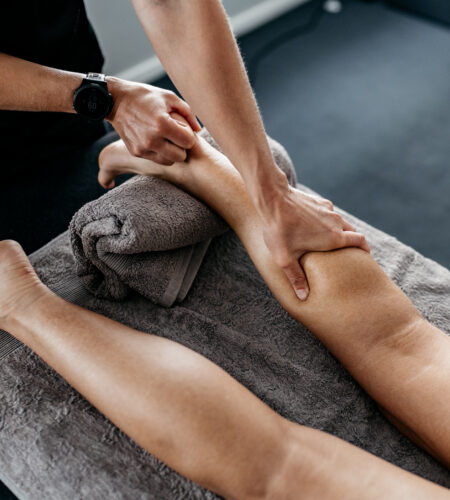

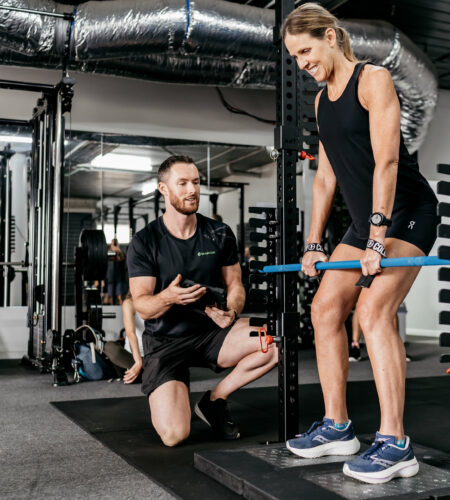

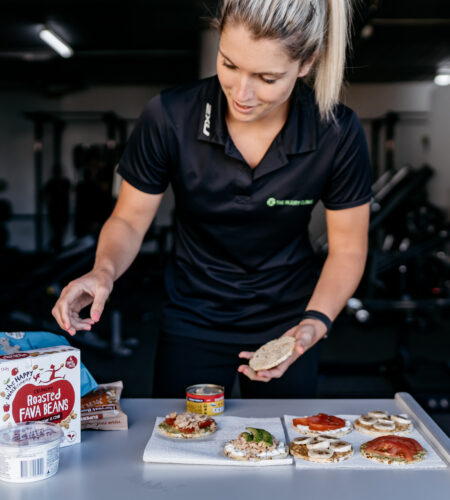

Schedule your next visit
If you’re interested in booking an appointment with one of our team members, contact our clinic today and we’ll be happy to find time for a consultation.
Schedule Consult